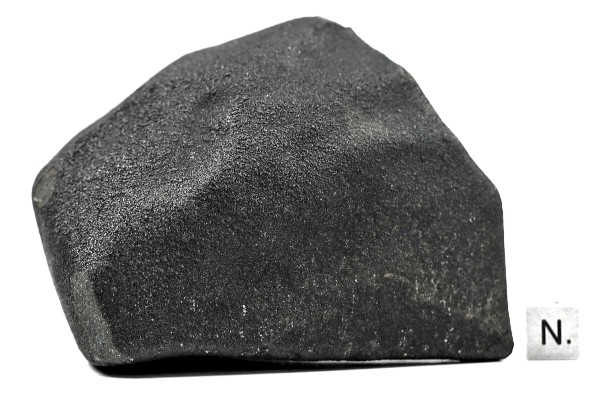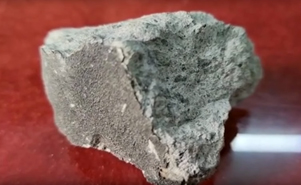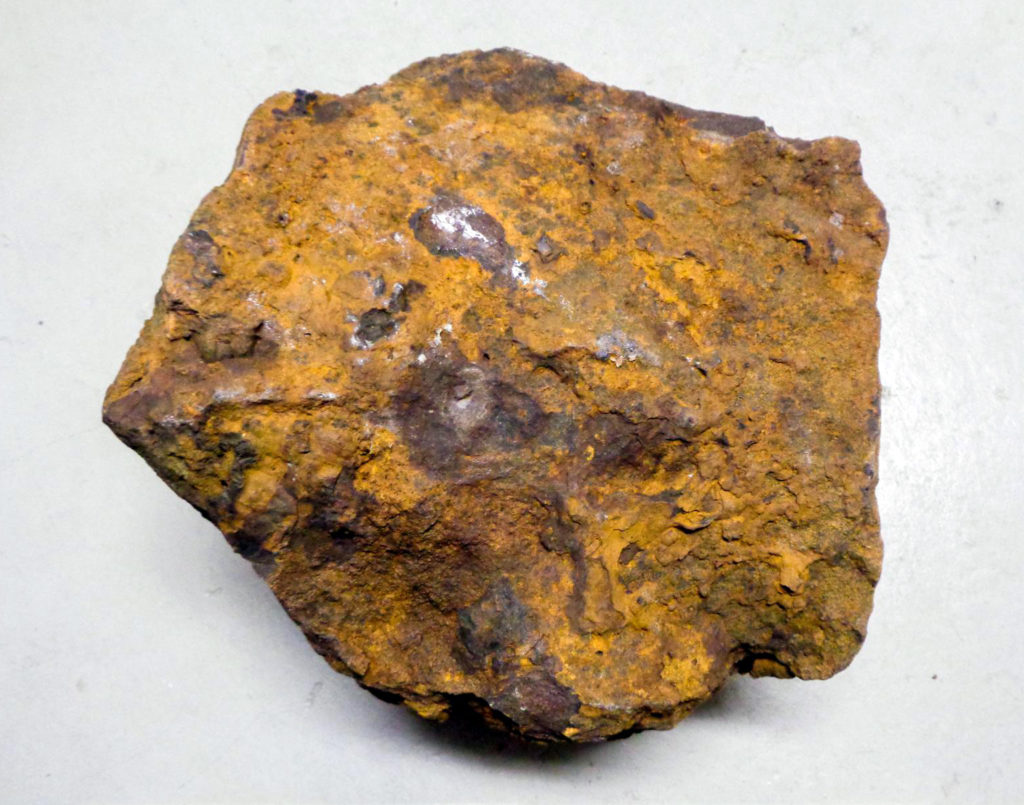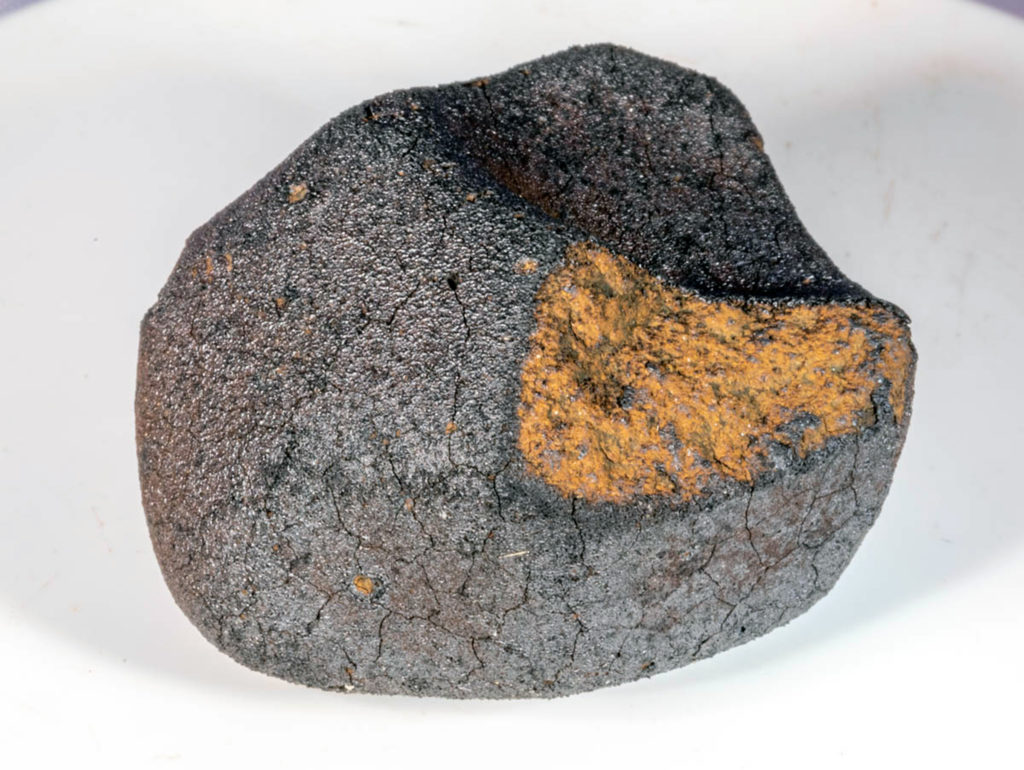Condensation and the Volatility Trend of the EarthOPEN ACCESS
Katharina Lodders, Bruce Fegley, Klaus Mezger, Denton Ebel
Update (17 June 2025): Space Science Reviews, Volume 221, article number 54, Published: 17 June 2025
LINK (OPEN ACCESS)
PDF (OPEN ACCESS)
Preprint submitted to Space Science Reviews, October 2024
“This article describes condensation of the elements and use of condensation temperatures to plot and interpret Earth’s apparent volatility trend. Major points covered include the following. (1) Updated 50% condensation temperatures (T50) for all naturally occurring elements, Tc, and Pu are tabulated at 10−2 to 10−8 bar total pressure for solar composition material. (2) Condensation temperatures are mainly controlled by the Gibbs energy of condensation reactions and also by the Gibbs energy of ideal mixing if elements (compounds) condense in a solution. The additional Gibbs energy change due to non-ideal solution, i.e., activity coefficients ≠1, is a secondary effect. (3) The theoretically correct relationship between condensation temperature and fraction condensed (αM) is derived from mass balance and chemical thermodynamic considerations. For major elements the condensation temperature is inversely proportional to log (1-αM). For trace elements dissolving in solid solution the condensation temperature is inversely proportional to log [(1-αM)/αM]. (4) The maximum amount of element condensed per K−1, i.e., the maximum in [dαM/d(1/T)] is at the inflection point in the logistic (sigmoid) curve for an element, which is also at (or close to) the 50% condensation temperature. (5) Plots of normalized elemental abundances versus 50% condensation temperatures (volatility trends) are qualitative indicators of elemental fractionations due to volatility because they do not use the theoretically correct and quantitative relationship between condensation temperature and fraction condensed. (6) Volatility trend plots for average elemental abundances in CM, CO, CV, CR, H, L, LL, EH, EL chondrites show different “trends” for moderately and highly volatile elements, which may be linear, curved, a step function, or plateau. A comparison of three abundance sets for CM and CV chondrites shows trends depend on which elements are plotted, which data sources are used, and which temperature range is considered. (7) Proposed mechanisms for volatile element depletion in carbonaceous chondrites and the Earth are reviewed. (8) Some possible implications of volatile element abundances in the bulk silicate Earth are discussed.” (abstract updated: 17 June 2025)
































